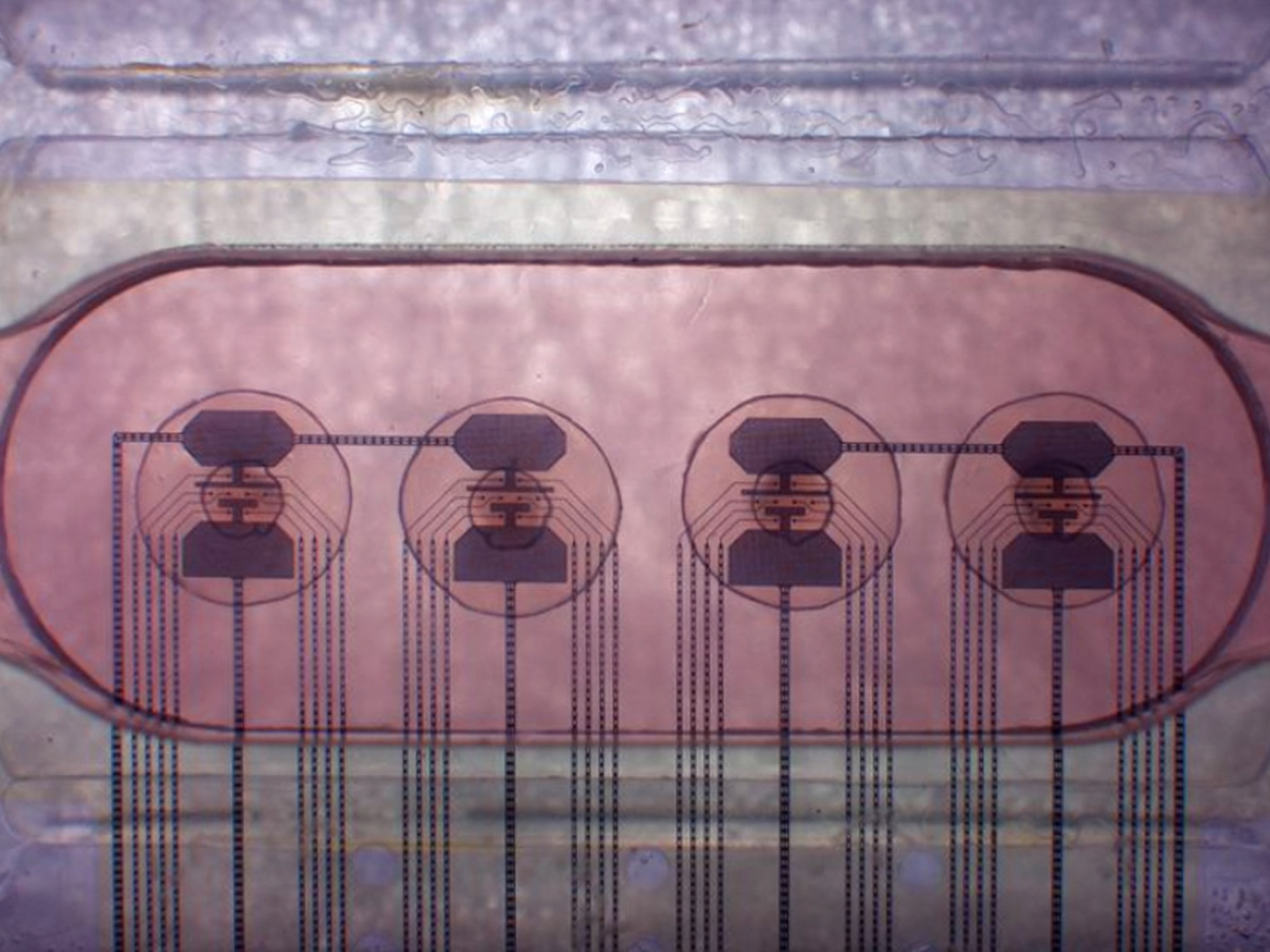
How a Man Produces 1,500 Sperm a Second
A man's constant supply of sperm is created in a much more complex way than previously thought, says new research that could someday lead to male birth control.
Attention, men: In the last second your bodies each produced at least 1,500 sperm cells. Now researchers have unlocked just how this seminal feat is possible.
For the past 40 years scientists have thought stem cells in the testicles—also called germline stem cells—become sperm only through a simple, two-step process.
Not so. Germline stem cells, it seems, can become sperm in several different ways, according to new experiments with mice. (Explore an interactive of the human body.)
"What we're saying is there isn't a strict linear progression from a stem cell to a [sperm] cell," said study co-author Robert Braun, associate director at the Jackson Laboratory in Bar Harbor, Maine. "Sometimes the stem cells go through several cell divisions to get there, sometimes they don't."
What's more, the researchers found that a cell that's partway to becoming a sperm cell can revert back to being a germline stem cell—previously thought impossible.
For the new study, scientists genetically engineered mice so that their germline stem cells appeared fluorescent, allowing the team to watch the cells' development. (For more on this technique, see "Chemistry Nobel Prize Awarded for Glowing Protein Work.")
The scientists also "labeled" specific cells within the mouse germline stem cells a certain color and observed what happened to them over a period of several days. (Related: "'Brainbows' Illuminate the Mind's Wiring.")
The research also revealed that sperm develop from a smaller subset of specialized germline stem cells in the testes than previously thought.
Sperm Live Fast, Die Young
Since sperm are short-lived, they must constantly be replenished, Braun noted—hence that 1,500-per-second production rate.
"In addition, fertiization is surprisingly inefficent," he said. "There has to be a large initial payload [for those] few cells to make it to the final destination"—the woman's egg.
But continuously pumping out a stream of sperm cells from puberty to old age requires a man's body to maintain a very delicate germ cell balance.
For instance, if germline stem cells stay stem cells for a long time and don't change into sperm cells, a man may be at risk of getting testicular cancer. But if germline stem cells too often develop into sperm, a man may become infertile.
Sperm Research May Lead to Male Birth Control
Unlocking such mysteries of sperm development could someday lead to infertility treatments or even the elusive male birth control pill, said Braun, whose research appears tomorrow in the journal Science. (Related: "New Sex Hormone Found—May Lead to Male Birth Control?")
For instance, scientists may learn how to keep germline stem cells from becoming sperm.
"The more we learn about the normal behavior of cells," Braun said, "the more we know how to manipulate them."





